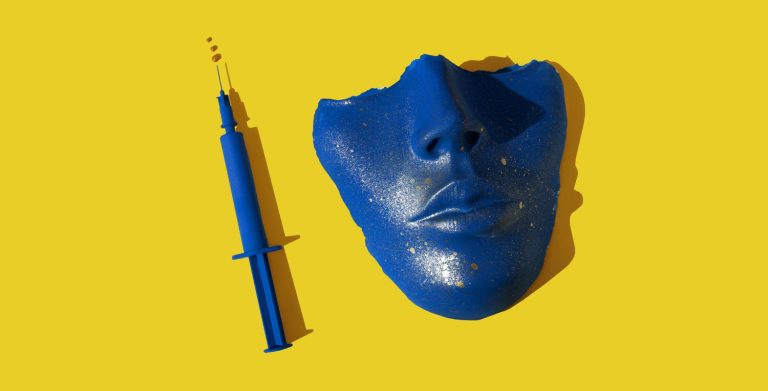It seems almost everyone is getting Botox these days, whether it’s for anti-aging purposes or for off-label benefits like TMJ relief. And while it may seem as simple as going to your dermatologist and getting a quick shot, there are a lot of things to keep in mind after getting Botox to make sure you get the best results.
For starters, there is a significant amount of time after injections to be aware of (but more on that below). Also, while some side effects may seem alarming (eg Botox bumps), they are usually completely harmless. To put your mind at ease, we spoke with medical experts Tiffany Libby, MD, and Dara Liotta, MD, to compile a list of dos and don’ts to worry about if you’re considering Botox.
meet the expert
- Tiffany Libby, MD is the Director of Mohs Micrographic and Dermatologic Surgery at Brown Dermatology.
- Dara Liotta, MD is a facial plastic and reconstructive surgeon at Facial Plastics NYC.
Keep scrolling for six post-Botox tips.
You can pour yourself a drink
Some online blogs will warn people to refrain from drinking alcohol before and after receiving Botox to prevent bruising, but experts tell us otherwise. “You can drink alcohol, however, it can slightly increase the risk of bleeding,” says Dr. Libby. However, if you prefer to be extra cautious, she points out that medications that interfere with clotting, such as fish oil, non-steroidal anti-inflammatory drugs, aspirin and vitamin E, may also increase the risk of bleeding when taken within a week of the procedure.
Don’t worry about lying down
When getting botox, some people think they shouldn’t bend over or lie down. “There is a hypothetical concern that Botox may migrate to other areas and have adverse effects on muscles other than their target,” says Dr. Liotta. “The volume of fluid and the amount of Botox injected with each needle is so tiny when Botox is used for cosmetic purposes on the face that I don’t think any activity really matters.”
But don’t work
Dr. Liotta says to avoid vigorous activity for three to four hours after your Botox injection. Dr. Libby echoes this recommendation: “Although there are currently no controlled studies to support limiting activity, avoiding vigorous exercise, or putting pressure on injection sites — why risk it?” To avoid being cautious, definitely take a day off and get back to the gym tomorrow.
Do not massage the treated area after botox
To avoid moving Botox to unwanted locations, Dr. Libby says not to massage the treated area. This means no jade rollers, gua sha or other face sculpting tools. “In the same vein, I would [also] avoid using microcurrent devices until two weeks after the botulinum toxin has fully dissipated and any need for touch-ups is determined and performed,” she says.
Don’t freak out about Botox bumps and bruises
After the initial injections, small bumps may appear along the treated areas — this is normal. “The time it takes for them to disappear can vary depending on how reactive a person is, but they generally disappear within five to 20 minutes after the injection,” says Dr. Liotta.
Also, while bruising is extremely rare, it can happen occasionally. “Fortunately, most post-treatment bruising is mild and resolves quickly within several days,” says Dr. Libby. If you have bruises, he recommends applying topical lamb to speed up recovery.
Be patient
The results of Botox don’t happen immediately, so don’t worry if you still see movement in the treated area after a few days. “It may take four to 10 days to see the full effect of your treatment,” explains Dr. Liotta. In addition, she says that because everyone’s facial structure is slightly different, touch-up treatments may be required and are usually performed two weeks after the initial treatment.

